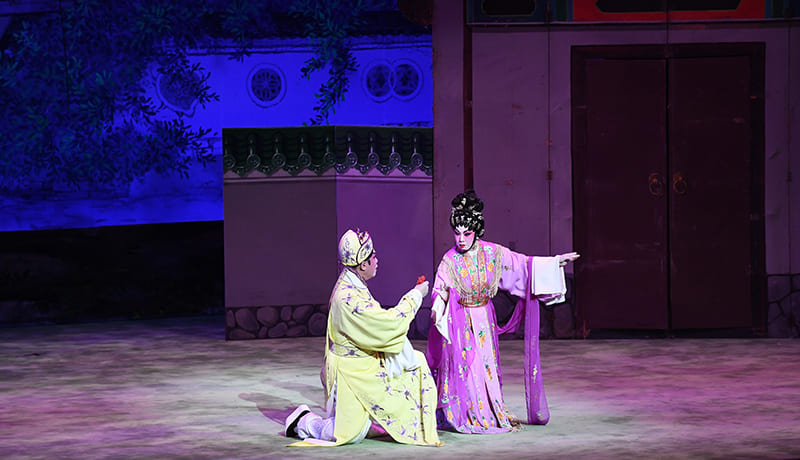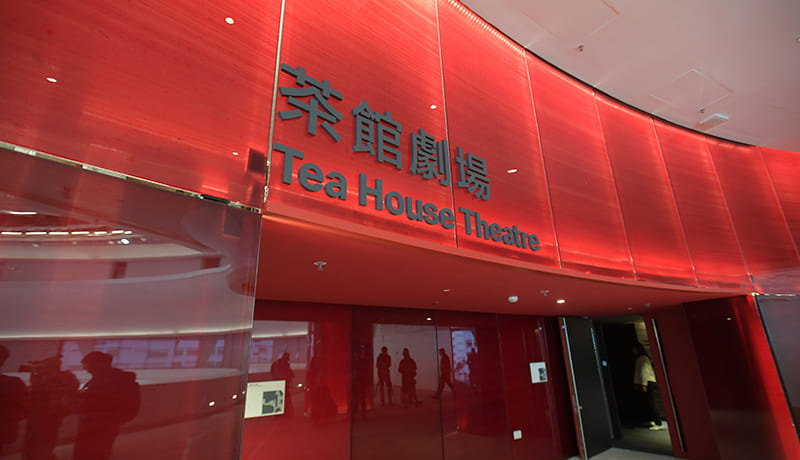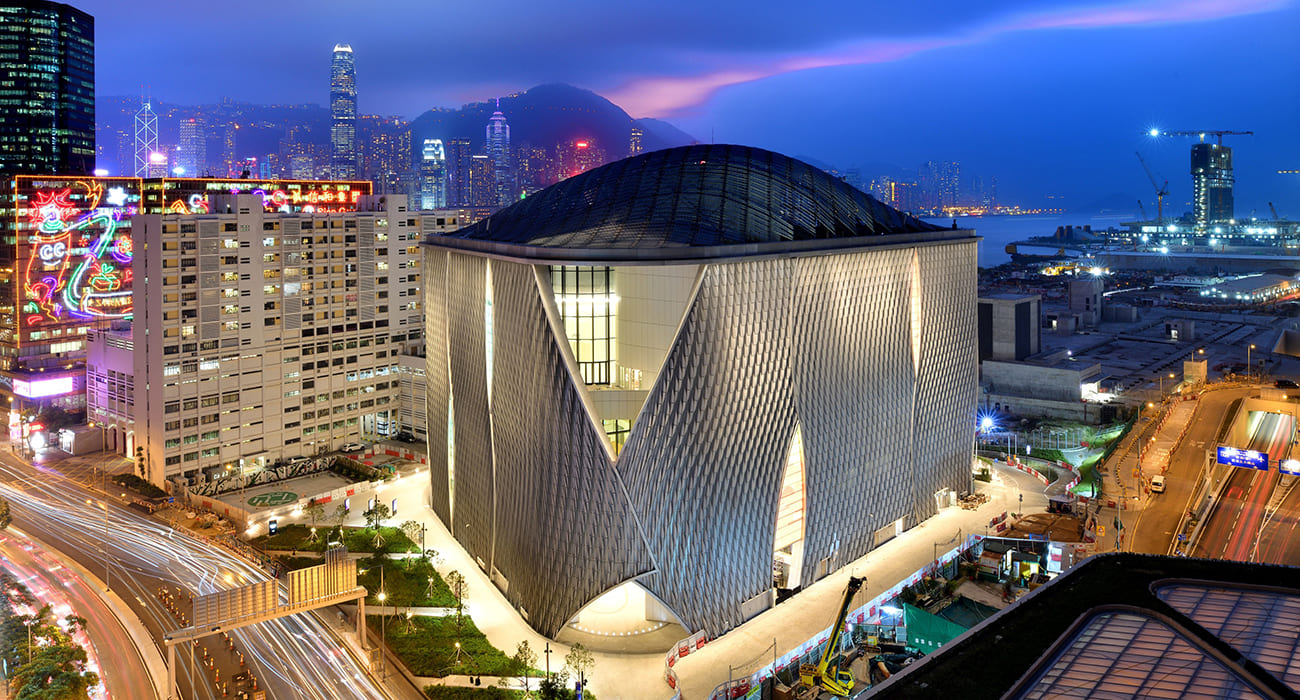
Xiqu Centre opens at West Kowloon Cultural District
Located at the southern tip of the West Kowloon Reclamation Area, the West Kowloon Cultural District (WKCD) is one of the most important cultural projects of Hong Kong. Being developed into a world-class leisure and cultural district, the WKCD aims to combine not only local and traditional but also international and modern elements. Within the WKCD, 23 hectares of open space will be provided for public enjoyment along with numerous performing art venues and museums. It will be integrated with entertainment facilities to create vibrancy. The contribution that WKCD brings will go beyond arts and culture – it will enrich our quality of life, complement our economic vitality, and elevate the status of Hong Kong to among the great cities of the world.
 The Xiqu Centre, the first landmark and major performance venue of the WKCD, was officially opened on January 20. Conveniently located at the eastern edge of the WKCD, the new venue for Cantonese opera and other forms of Chinese traditional theatre (xiqu) respectfully embraces the cultural richness within a magnificent contemporary expression. The Xiqu Centre welcomes all types of audiences to enjoy the privilege of seeing top-class performances of some of the best troupes in the region.
The Xiqu Centre, the first landmark and major performance venue of the WKCD, was officially opened on January 20. Conveniently located at the eastern edge of the WKCD, the new venue for Cantonese opera and other forms of Chinese traditional theatre (xiqu) respectfully embraces the cultural richness within a magnificent contemporary expression. The Xiqu Centre welcomes all types of audiences to enjoy the privilege of seeing top-class performances of some of the best troupes in the region.
The design of this iconic building was inspired by traditional Chinese lanterns. Precisely thanks to blending of such traditional aspects with contemporary elements, the Xiqu Centre reflects the evolving nature of the art form. Lined by two outdoor sky gardens offering visitors panoramic views of Hong Kong’s famous Victoria Harbour, the elevated theatre creates space for the Grand Theatre, the Tea House Theatre, and miscellaneous spaces such as rehearsal studios, educational and administrative rooms or a lecture hall, overlooking a spacious inner courtyard.
 Despite being created in response to the practical requirements, the design details of each of the facilities carefully follow the aesthetic features of the art form. The Grand Theatre, uniquely located at the top of the building, illustrates the architectonic remarkableness of the building constructed under the Hong Kong born lead architect Bing Thom. Featuring innovative elements along with cherished Chinese symbols, Hong Kong’s new home for traditional Chinese opera not only opens space for enrichment of the architectonic scene but also strives to strengthen Hong Kong’s position among the great cultural cities of the world.
Despite being created in response to the practical requirements, the design details of each of the facilities carefully follow the aesthetic features of the art form. The Grand Theatre, uniquely located at the top of the building, illustrates the architectonic remarkableness of the building constructed under the Hong Kong born lead architect Bing Thom. Featuring innovative elements along with cherished Chinese symbols, Hong Kong’s new home for traditional Chinese opera not only opens space for enrichment of the architectonic scene but also strives to strengthen Hong Kong’s position among the great cultural cities of the world.
